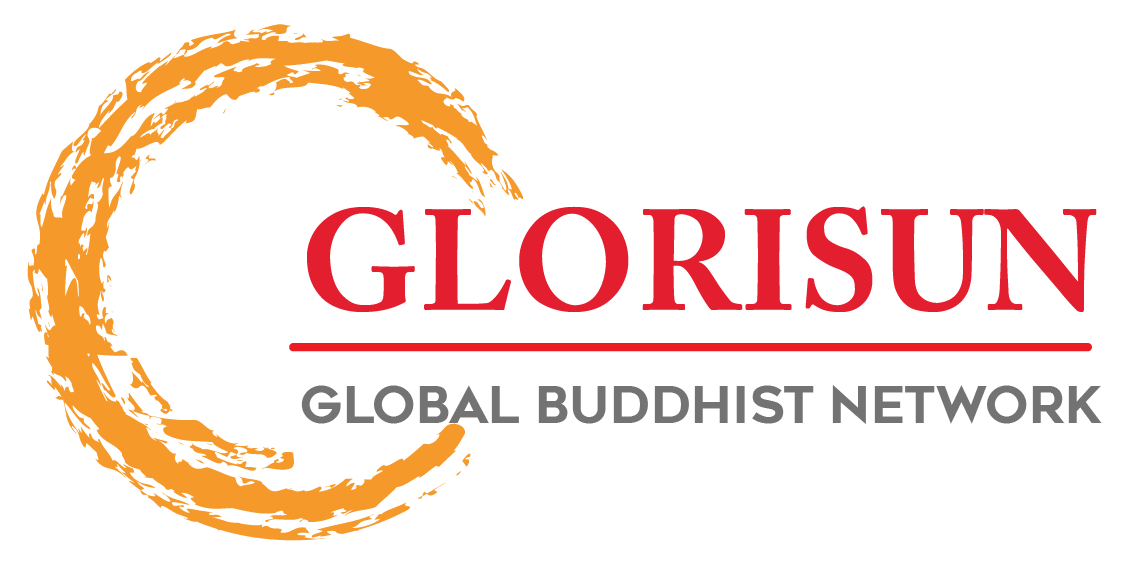Click here return to the Hualin main page.
Click here return to the Hualin E-Journal Vol 7.1 Table of Contents page.
Hualin International Journal of Buddhist Studies 7.1 (2024): 63–116; https://dx.doi.org/10.15239/hijbs.07.01.03
(This article belongs to the Special Issue Buddhism and Science, Transmission of Buddhism: Locality and Globality)
Therapeutics and Botany in Medieval Japan: The Monk Shinjaku-bо̄ in Context
Alessandro POLETTO
Washington University in Saint Louis
poletto@wustl.edu
Abstract: This paper examines—and attempts to contextualize—a relatively obscure figure, the monk Shinjaku-bō 心寂房 (d. 1231), whose activities are only documented in the diary and letters of the famous poet Fujiwara no Sadaie 藤原定家.
Little is known about Shinjaku-bō. He was an accomplished practitioner of continental therapeutics and he appears in Teika’s journal, in particular, as a frequent practitioner of moxibustion and herbalism. At the same time, Shinjaku-bō was also a skilled botanist, and Teika often resorted to his services for most garden-related issues, including numerous instances of grafting and gifts of trees.
Shinjaku-bō’s pharmacological and botanical skills allow for a broader discussion of the locus of his practices within early medieval Japanese Buddhism. Plants and trees, whether as ingredients for medications or dried and used as aromatics, played an important role within the ritual domain of Japanese Buddhism. The paper attempts, from this perspective, to trace possible sources for the monk’s mastery of these technical domains.
In the conclusion, the paper emphasizes the need to center the relationship between patient and healer in discussions of ‘Buddhist medicine’, arguing that quotidian aspects of that relationship are also important to understand the ascendancy of Buddhist healers among court elites in the early medieval period.
Keywords: Japan, microhistory, healing, moxibustion, botany
About the Author: Alessandro Poletto specializes in the social and religious history of premodern Japan, with an emphasis on Buddhism in the early medieval period (approx. tenth to the thirteenth century). He earned his Ph.D. from Columbia University in 2020 with a dissertation entitled ‘The Culture of Healing in Early Medieval Japan: A Study in Premodern Epistemology’, in which he examined discourses and practices concerning healing and disease, with particular attention to the relationship between Buddhist healers and other technicians involved in the treatment of illness, namely court physicians and onmyōji. His other research and teaching interests include the understanding and ritual resolution of natural disasters in premodern East Asia, the history of the cultural exchanges between the Korean peninsula and the Japanese archipelago, and Buddhist material culture and archaeology in East Asia. Before joining Washington University in St. Louis as a lecturer in East Asian religions, he was a JSPS postdoctoral fellow at Kyoto University.
This is an open access article distributed under the Creative Commons Attribution License which permits unrestricted use, distribution, and reproduction in any medium, provided the original work is properly cited.
